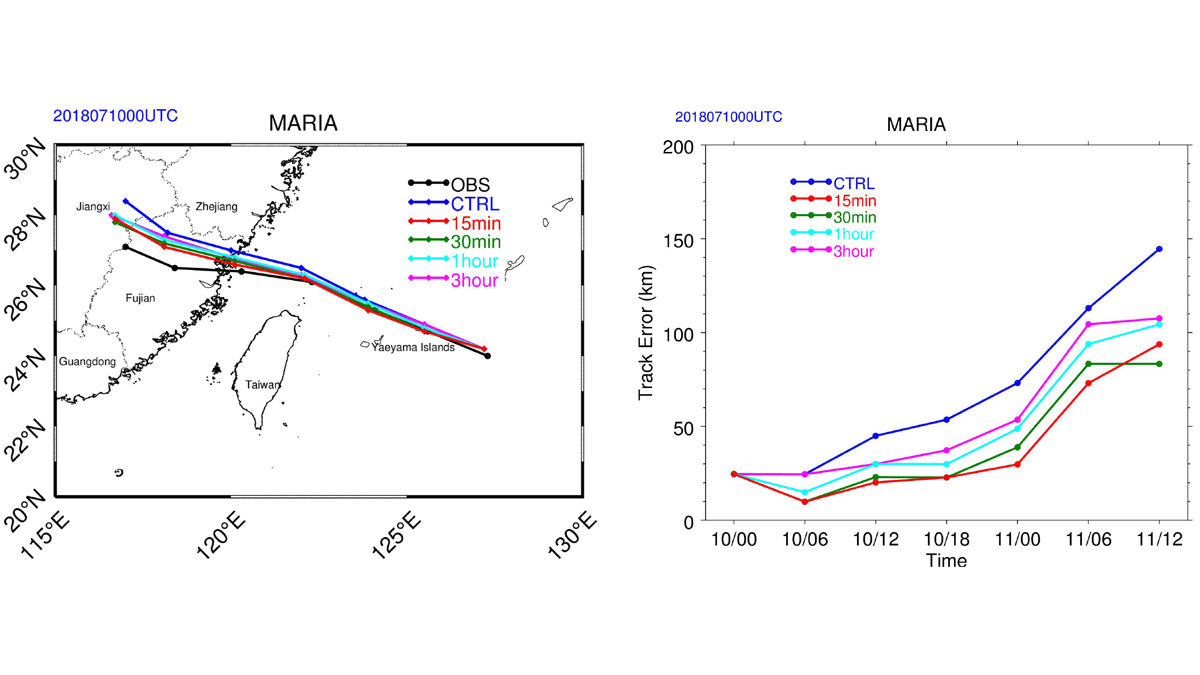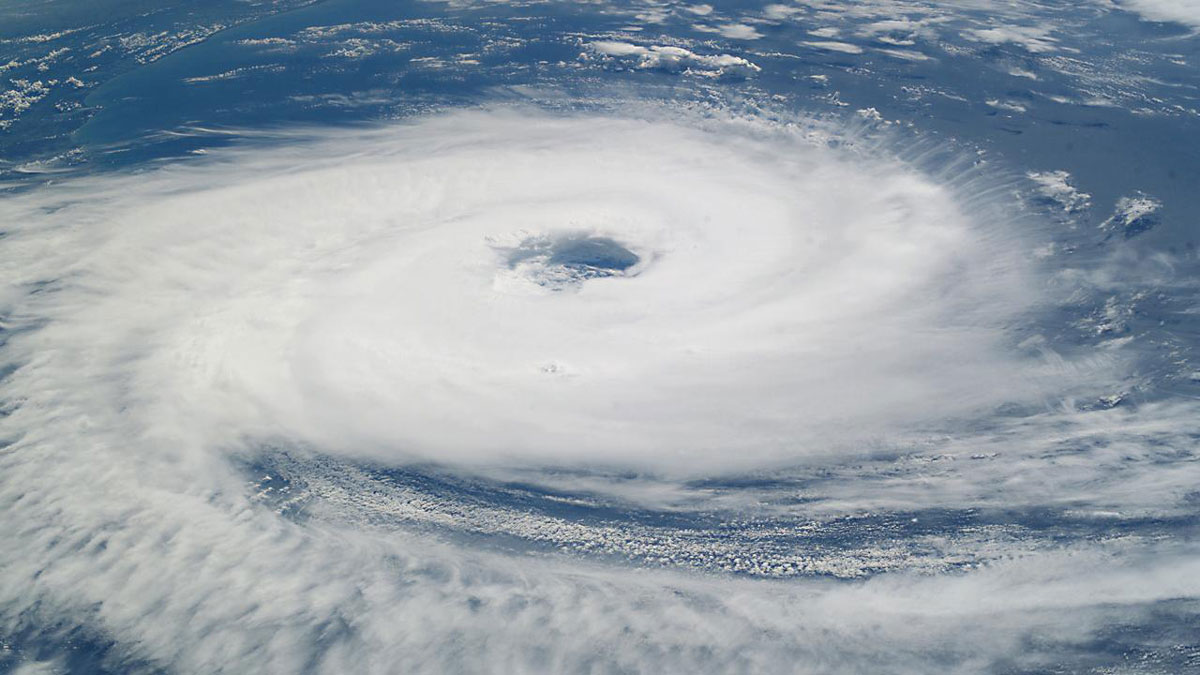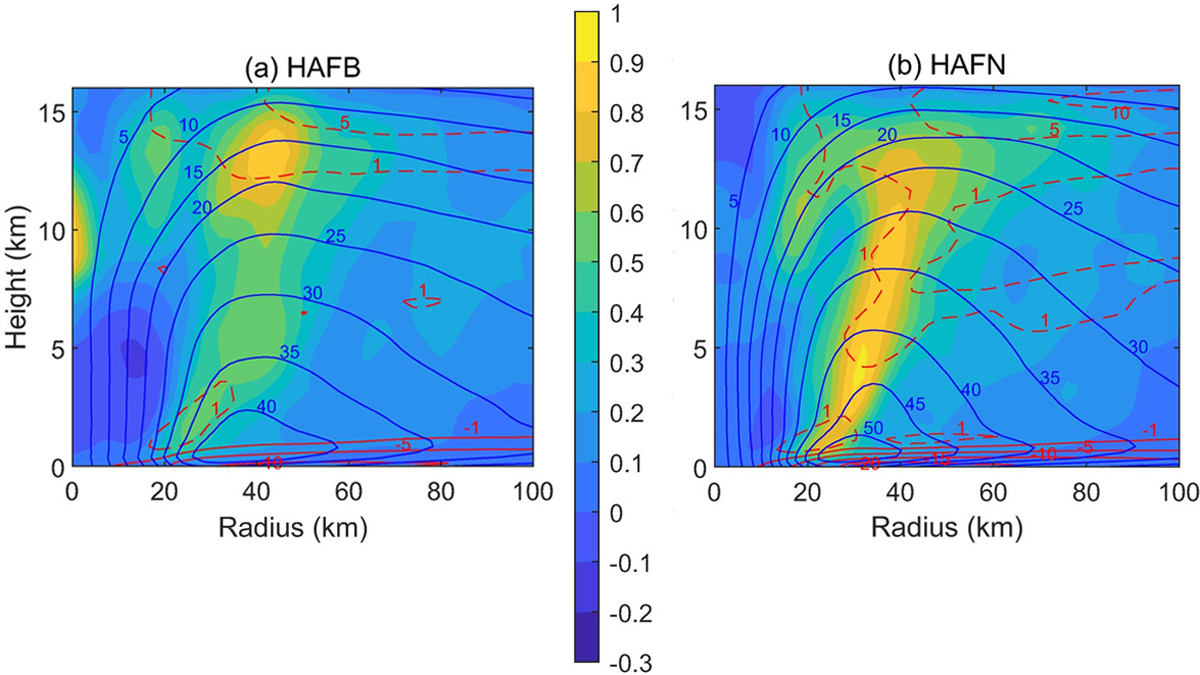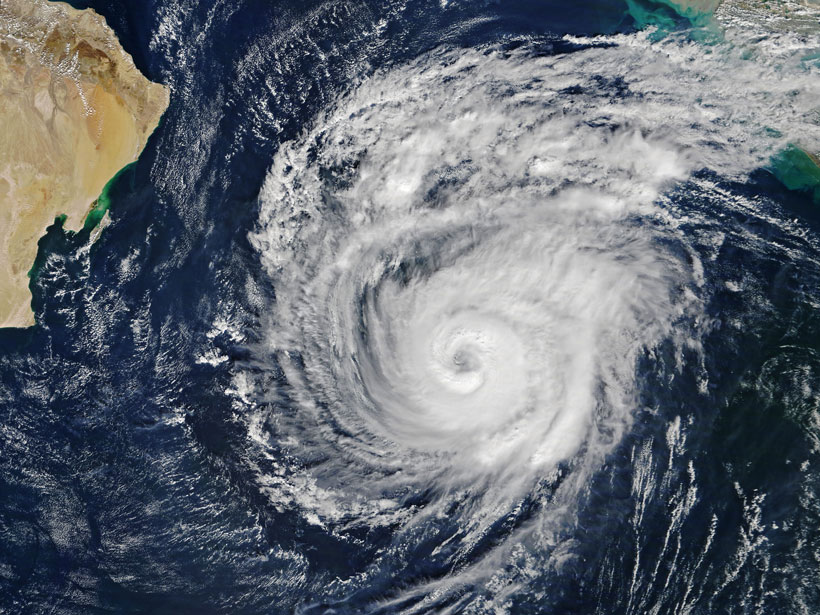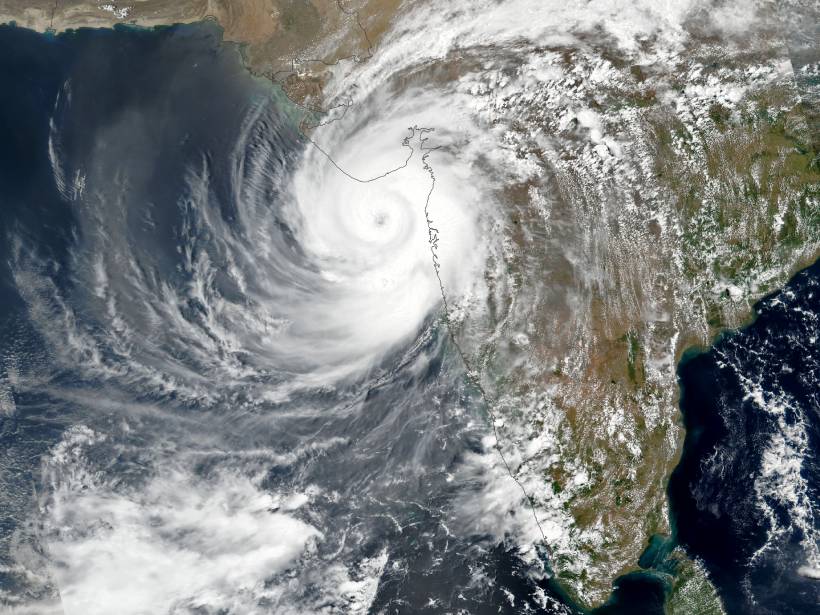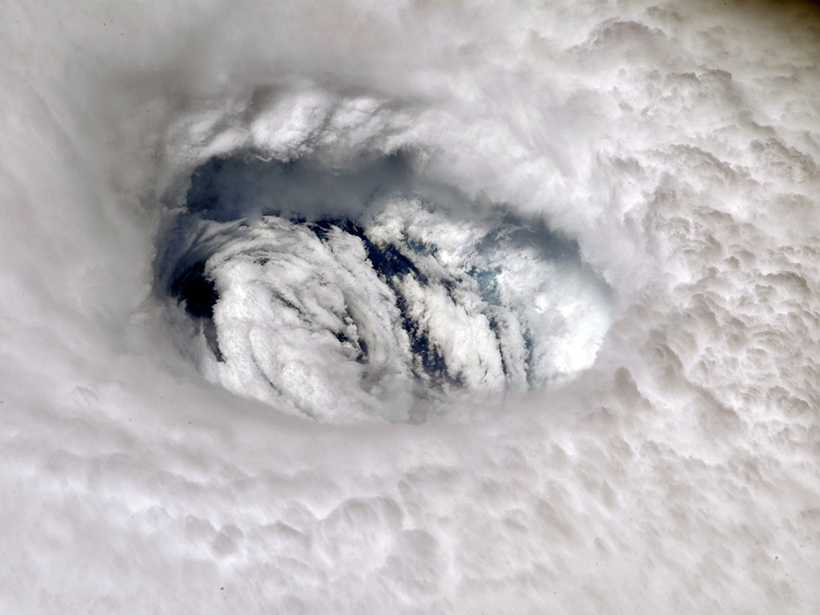An analysis of the impact of targeted observations from the Geostationary Interferometric Infrared Sounder at high-temporal resolution on forecasts for Typhoon Maria in 2018.
hurricanes, typhoons, & cyclones
Cyclone “Seed” Survival Affects Hurricane Season Intensity
Understanding how seed storms grow into full-blown hurricanes and typhoons could help predict hurricane season intensity in a changing climate.
Hurricane Forecast Improvement with Better Turbulent Processes
A new look at turbulent processes has improved the prediction of hurricane rapid intensification by properly accounting for the unique environment of a hurricane eyewall.
Supercell Thunderstorms Shake Up the Stratosphere
Supercell storm tops may act like mountains that obstruct winds, transforming their flow into violent turbulence that mixes near-surface air with the stratosphere above.
Climate Change Is Making India’s West Coast More Vulnerable to Cyclones
A new study found significant increases in the intensity, frequency, and duration of cyclonic storms over the Arabian Sea. Is the west coast prepared?
Lightning Tames Typhoon Intensity Forecasting
Typhoons regularly drench densely populated western Pacific regions, but lightning could forecast intensity more than a day before a storm’s strength peaks.
Tropical Cyclone Induced Increase in Ocean Primary Production
A positive trend in tropical cyclone induced ocean mixing and primary production is compensating the overall decline in global primary production due to anthropogenic climate change.
Chasing Cyclones from Space
The pioneering use of satellite-based synthetic aperture radar to characterize tropical cyclones in near-real time has provided a crucial new tool with which to forecast powerful storms.
Cyclone Tauktae Documents a Climate Trend in the Tropics
The western Indian Ocean has been warming at a rate faster than any other region in the tropical oceans, a pattern that is contributing to more frequent and intense storm activity.
Your Summer Outlook: Cloudy with an Above-Normal Chance of Hurricanes
Get ready for another above-average hurricane season, but it likely won’t be as busy as last year.

